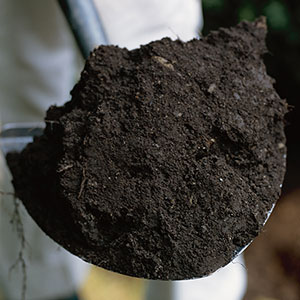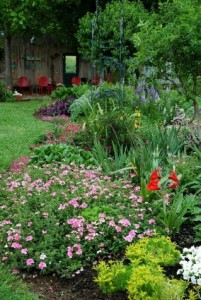Winter Pruning
Pruning is done to reduce the size of a plant, change or maintain its shape, change its habit, and promote health. This can all be accomplished to some extent in the winter, and in some cases winter pruning is preferred.
It is generally easier to see what needs doing in the winter, when leaves are usually absent or thinner. When we are pruning for plant health that usually means removing crossing or competing branches, or making deep cuts to increase air flow and light availability to the interior of the plants. The bigger the cut, the more important it is to see what you’re doing. It’s also useful to be able to see everything when we are trying to change the shape or habit, as making a plant wider or narrower frequently involves large cuts.
Perhaps the main reason for winter pruning is that most of the plants energies are stored in the roots at this time. This means that we aren’t robbing the plant of energy when we remove part of the top, which is especially handy when we need to prune extra hard to get an overgrown plant back in scale. We rarely remove more than thirty percent of a plant, but in the winter we can cut some plants all the way to the ground if necessary. A well established plant will often grow back fast enough that the cutback is no longer obvious before the end of the next summer. Hard cutbacks or rejuvination pruning in the summer can sometimes leave the plant struggling for years.
Lastly, springtime is right around the corner. With the spring will come a burst of growth that quickly ‘heals’ the wounds and hides the cuts. Also, we know that the new growth will follow the ‘instructions’ we gave it with our pruning: growing up, or out, or from the bottom, or filling in holes.
Winter pruning is an important part of your overall pruning program. It can let you make adjustments and changes that aren’t possible during the growing season, it can make your work safer, and it can help you ‘get ahead’ before the busy spring growing season.




